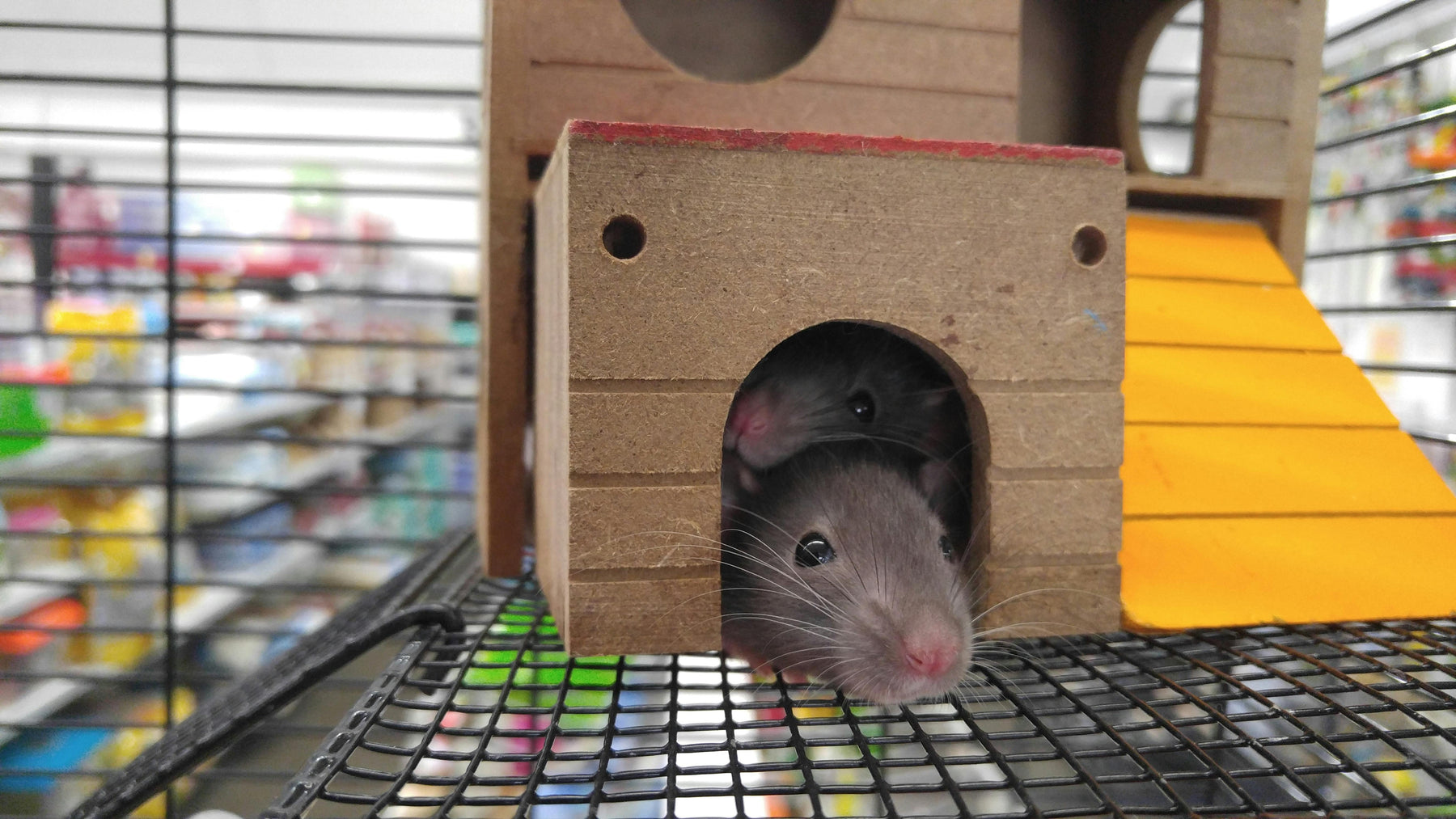
Common Rat Trapping Mistakes and How to Avoid Them
Rat trapping can be a challenging task, especially for those new to rodent control. While trapping machines offer an effective solution, many homeowners make common mistakes that hinder their success in capturing rats. In this blog post, we'll identify these pitfalls and provide practical tips on how to avoid them, ensuring that your rat trapping efforts are as efficient and effective as possible.
-
Neglecting Proper Trap Placement: One of the most common mistakes homeowners make is placing traps haphazardly without considering rat behavior. Rats typically follow specific pathways along walls and baseboards, so it's crucial to position traps along these routes. Additionally, traps should be placed near entry points, food sources, and nesting areas for maximum effectiveness.
-
Using Incorrect Bait: Choosing the right bait is essential for attracting rats to your traps. Many people make the mistake of using baits that are unappealing to rodents or too large to fit inside the trap mechanism. Opt for high-protein baits such as peanut butter or dried fruit, and ensure they are securely attached to the trap to prevent theft without triggering the mechanism.
-
Failure to Check Traps Regularly: Once traps are set, it's essential to monitor them regularly to ensure timely removal of captured rats. Neglecting to check traps can lead to decomposing rodents, unpleasant odors, and potential health hazards. Establish a routine for inspecting traps daily, disposing of captured rats, and resetting traps as needed to maintain optimal trapping efficiency.
-
Overlooking Maintenance and Hygiene: Proper maintenance and hygiene are critical aspects of successful rat trapping. Traps should be cleaned and sanitized regularly to remove any lingering odors or debris that may deter rats from approaching. Additionally, inspect traps for damage or wear and tear, replacing any worn components to maintain their functionality.
-
Ignoring Signs of Rat Activity: Lastly, overlooking signs of rat activity can sabotage your trapping efforts. Keep an eye out for droppings, gnaw marks, grease smudges, and other indicators of rodent presence. Identifying and addressing these signs promptly can help prevent infestations from worsening and improve the effectiveness of your trapping strategies.
